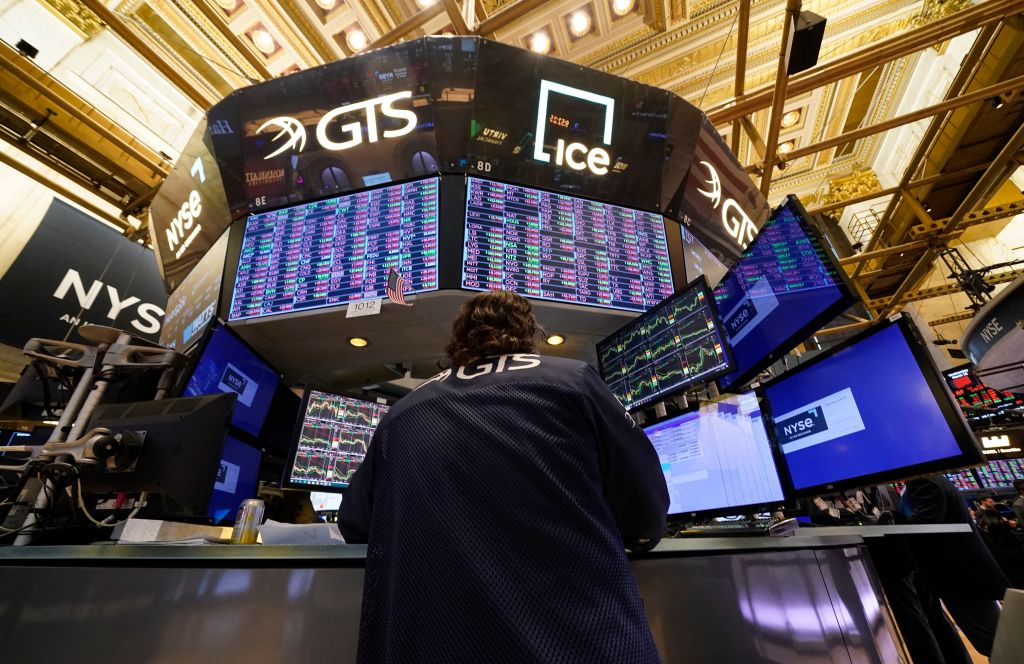
High-frequency stock trading has dominated Wall Street for years. But do those sophisticated trading algorithms really deliver better returns than human stock traders?
Researchers from the University of Utah and State University of New York at Buffalo studied head-to-head data from the New York Stock Exchange (NYSE) during the COVID-19 pandemic, producing a new research paper with surprising findings and implications for investors.
Stock exchanges: Human vs. algorithm
As much of the trading landscape has embraced computer-driven stock picking, some exchanges like the NYSE have retained the longstanding practice of using human traders in the trading "pit." During market hours, traders stride about the trading floor executing trades for clients face-to-face with market makers.
By comparison, high-frequency algorithmic trading happens entirely inside of sophisticated computer networks. Financial firms spend billions of dollars on ever more powerful algorithms and even invest in high-tech fiber connections to achieve millisecond advantages over trading rivals.
High frequency traders engage in front-running, or knowing what others are getting ready to buy and buying it before they can execute their trade. High-frequency traders do this millions of times each day with thousands of stocks, usually making a tiny profit on each trade that quickly adds up.
Study methods and findings
On March 23, 2020, the NYSE suspended floor trading in favor of all electronic trading, because of multiple COVID-19 diagnoses among professionals operating in the pit. It was the first time the physical trading floor of the NYSE had shut independently while electronic trading continued.
NYSE partially reopened the trading floor to human trading at two subsequent points. These windows of frozen floor activity allowed researchers a rare opportunity to compare human vs. algorithmic trading performance.
The researchers found that human floor traders are, in fact, important parts of a healthy stock market ecosystem. When humans were banned from the floor, NYSE trading registered greater spreads between stocks bids and asking prices. The researchers also detected a higher frequency of pricing errors (between 2-6%) for affected stocks, compared to control stocks during a period of regular trading.
The study findings suggest that face-to-face interaction between traders and market makers improves market quality by enabling the sharing of valuable context that algorithms simply can't access.
The bottom line
Many companies are embracing artificial intelligence as a way to increase efficiency, boost returns and often eliminate more costly human positions. The study demonstrates the enduring value of human experience in evaluating complex business challenges, like pricing stocks efficiently. Algorithms and AI are only as good as the people behind them choosing which training data to apply and which situations merit fully computerized decision-making.
So consumers and financial professionals alike should take some time to find the right balance of human skills and technology, rather than simply rushing to turn over their retirement planning or investing to a computer.







